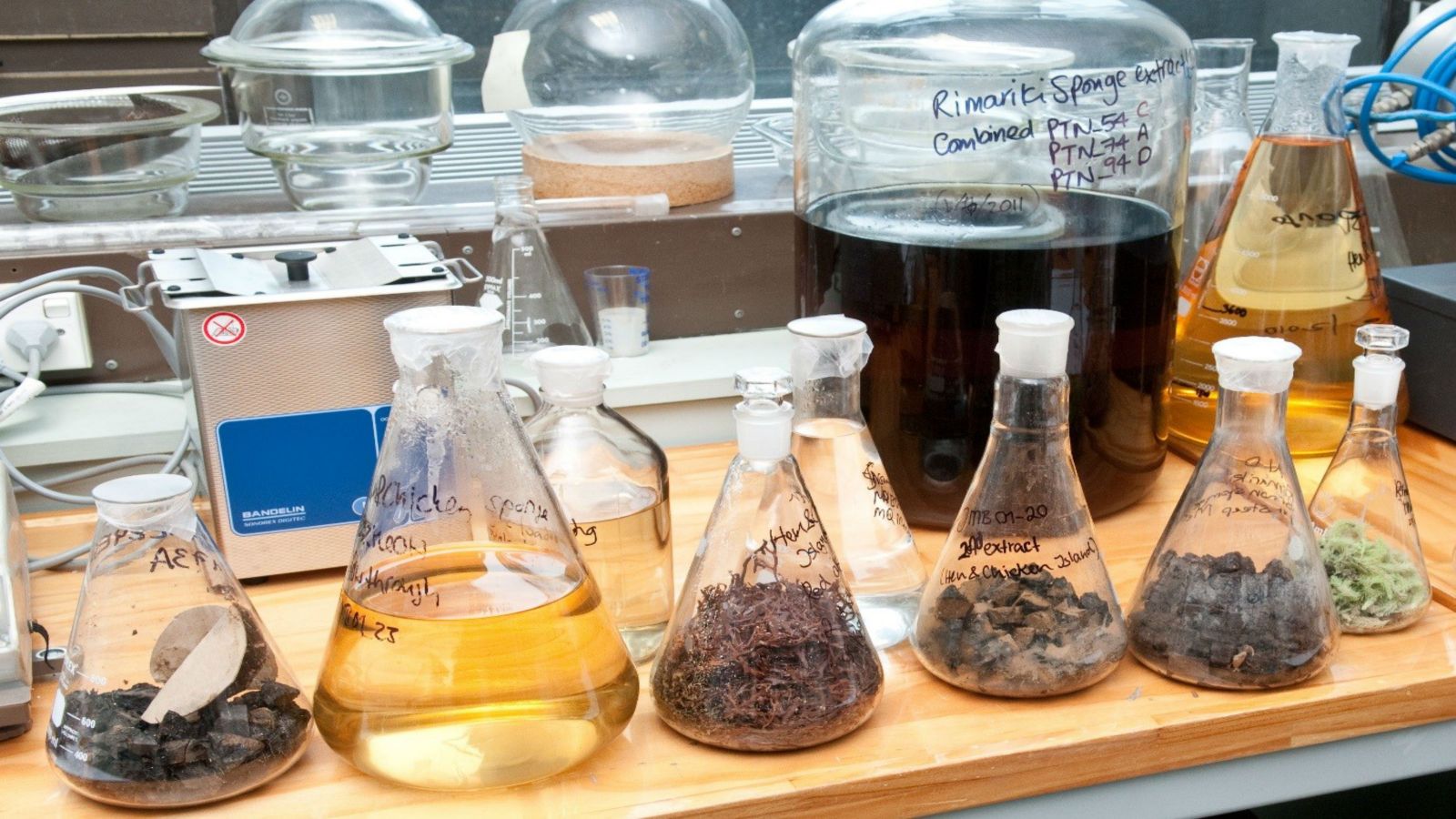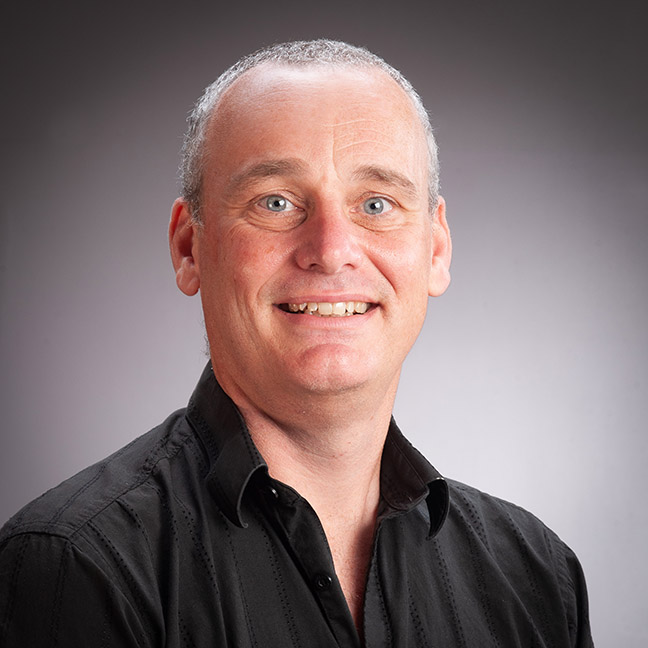Natural products
Nature is a treasure trove of new and varied chemistry that allows scientists to treat diseases and understand how life works at the molecular level.
Of main interest are secondary metabolites, also known as natural products, which are not required by an organism for survival (like proteins, DNA, carbohydrates, lipids etc which are required and are called primary metabolites) but do provide some advantage to the producer. For example, a spider can live without producing venom but its ability to survive is enhanced through improving its ability to hunt.
Our work in natural products revolves mainly in the purification and identification of new chemical structures, with the hope of finding new medicinal compounds or molecular biology probes. In particular, we focus on marine organisms as sources of natural products. Marine invertebrates and plants (seaweeds) are sessile organisms without shells, teeth or the ability to move away from predators hence they have developed chemical means of defence. We generally screen marine organisms using mass spectrometry or NMR to look for the presence of interesting chemistry and use databases and prior knowledge of what signals to look for. For example, we use MS to identify the molecular formula of the compound and then NMR to determine which carbon atom is attached to which within the carbon skeleton - It is a detective puzzle to use chemical spectroscopic data to solve a structure. We investigate sponges, ascidians, bryozoans and algae for their chemistry, and collaborate widely with members of the School of Biological Sciences to test our compounds for useful biomedical properties.
An interesting find of late have been variants of the zampanolide scaffold. Zampanolide has been a major target of research within the CfB for the past several years. John Miller determined it was a microtubule stabilizing anti-cancer agent and Joanne Harvey has had a long standing project trying to make zampanolide and analogues ("zampanalogues"). We have isolated five new variants that have provided some very valuable and also surprising structure activity relationships in that the key pharmacophore (think warhead) of the molecule for its anticancer activity can change with minimal to no detrimental effect on bioactivity, which is really unusual but fascinating.
Projects in our lab utilise bench skills in chemical purification (chromatography, crystallization) and the identification process focuses on advanced spectroscopic techniques (NMR, MS, x-ray crystallography). Additional skills in chemistry including synthesis and derivatization, database design and interrogation, and in the use of computational chemistry to solve structural problems are also a growing area of our research.



View gallery
Project leader
Head of School
School of Chemical and Physical Sciences
Centre for Biodiscovery team members and collaborators
Joe Bracegirdle (PhD student)
Dr Andrew Munkasci
Dr Jeremy Owen
EProf John Miller
Dr Joanne Harvey

